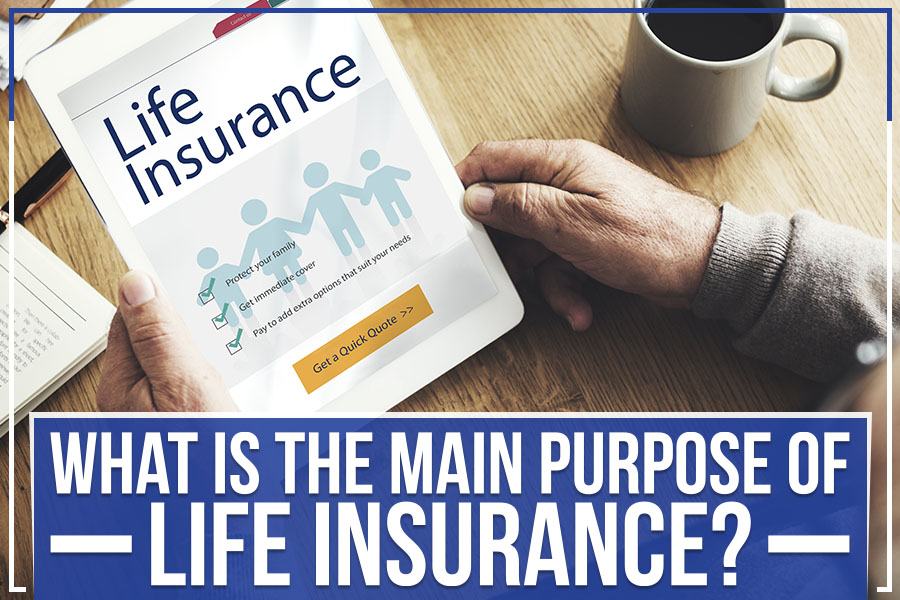Pacific Prime Things To Know Before You Buy
Pacific Prime Things To Know Before You Buy
Blog Article
The Basic Principles Of Pacific Prime
Table of ContentsThe Best Strategy To Use For Pacific PrimeFascination About Pacific PrimeWhat Does Pacific Prime Do?About Pacific PrimePacific Prime Can Be Fun For Anyone

This is due to the fact that the data were gathered for a duration of strong economic efficiency. Of the estimated 42 million individuals who were uninsured, almost about 420,000 (about 1 percent) were under 65 years old, the age at which most Americans become eligible for Medicare; 32 million were grownups in between ages 18 and 65, about 19 percent of all adults in this age; and 10 million were children under 18 years of age, about 13.9 percent of all kids (Mills, 2000).
These price quotes of the number of persons without insurance are generated from the annual March Supplement to the Existing Populace Survey (CPS), performed by the Census Bureau. Unless otherwise kept in mind, national price quotes of individuals without medical insurance and proportions of the populace with various sort of coverage are based on the CPS, one of the most extensively made use of source of estimates of insurance policy protection and uninsurance prices.
Everything about Pacific Prime

Still, the CPS is particularly beneficial since it generates yearly quotes fairly rapidly, reporting the previous year's insurance policy protection approximates each September, and since it is the basis for a constant set of quotes for greater than 20 years, enabling evaluation of patterns in protection in time. For these reasons, along with the extensive use the CPS in various other studies of insurance protection that are presented in this record, we count on CPS quotes, with limitations kept in mind.

The price quote of the number of uninsured individuals expands when a populace's insurance policy status is tracked for numerous years. Over a three-year period starting early in 1993, 72 million individuals, 29 percent of the U.S. https://dzone.com/users/5122954/pacificpr1me.html. populace, were without coverage for at the very least one month. Within a solitary year (1994 ), 53 million individuals experienced at least a month without protection (Bennefield, 1998a)
Six out of every ten without insurance adults are themselves employed. Although functioning does boost the probability that one and one's household participants will certainly have insurance policy, it is not a guarantee. Also participants of family members with two permanent breadwinner have almost a one-in-ten opportunity of being uninsured (9.1 percent without insurance price) (Hoffman and Pohl, 2000).
Indicators on Pacific Prime You Need To Know
New immigrants account for a significant proportion of individuals without health insurance coverage. One evaluation has attributed a substantial part of the current development in the dimension of the U.S. without insurance population to immigrants who arrived in the country between 1994 and 1998 (Camarota and Edwards, 2000). Current global health insurance immigrants (those that involved the United States within the past 4 years) do have a high price of being uninsured (46 percent), but they and their kids represent simply 6 percent of those without insurance coverage country wide (Holahan et al., 2001).
The partnership in between wellness insurance coverage and access to care is well developed, as documented later in this chapter. The relationship between health and wellness insurance coverage and health and wellness outcomes is neither straight neither straightforward, a considerable professional and wellness solutions study literary works web links health and wellness insurance protection to better accessibility to care, far better high quality, and improved personal and population health and wellness status.
Degrees of evaluation for taking a look at the impacts of uninsurance. This conversation of medical insurance protection focuses mostly on the united state population under age 65 because virtually all Americans 65 and older have Medicare or various other public insurance coverage. It concentrates specifically on those without any kind of health and wellness insurance coverage for any length of time.
About Pacific Prime
The problems encountered by the underinsured are in some aspects similar to those encountered by the without insurance, although they are typically less extreme. Health and wellness insurance policy, nonetheless, is neither needed nor sufficient to obtain access to clinical solutions. The independent and direct result of wellness insurance protection on accessibility to health and wellness services is well developed.
Others will get the health and wellness treatment they require even without health insurance policy, by paying for it expense or seeking it from suppliers who supply care free or at extremely subsidized prices. For still others, medical insurance alone does not make sure receipt of treatment because of other nonfinancial barriers, such as an absence of healthcare service providers in their community, minimal access to transport, illiteracy, or linguistic and social distinctions.
The 8-Second Trick For Pacific Prime
Official study concerning without insurance populations in the United States dates to the late 1920s and early 1930s when the Committee on the Expense of Healthcare produced a series of reports regarding funding medical professional workplace check outs and hospital stays. This concern came to be significant as the varieties of medically indigent climbed during the Great Anxiety.
Report this page